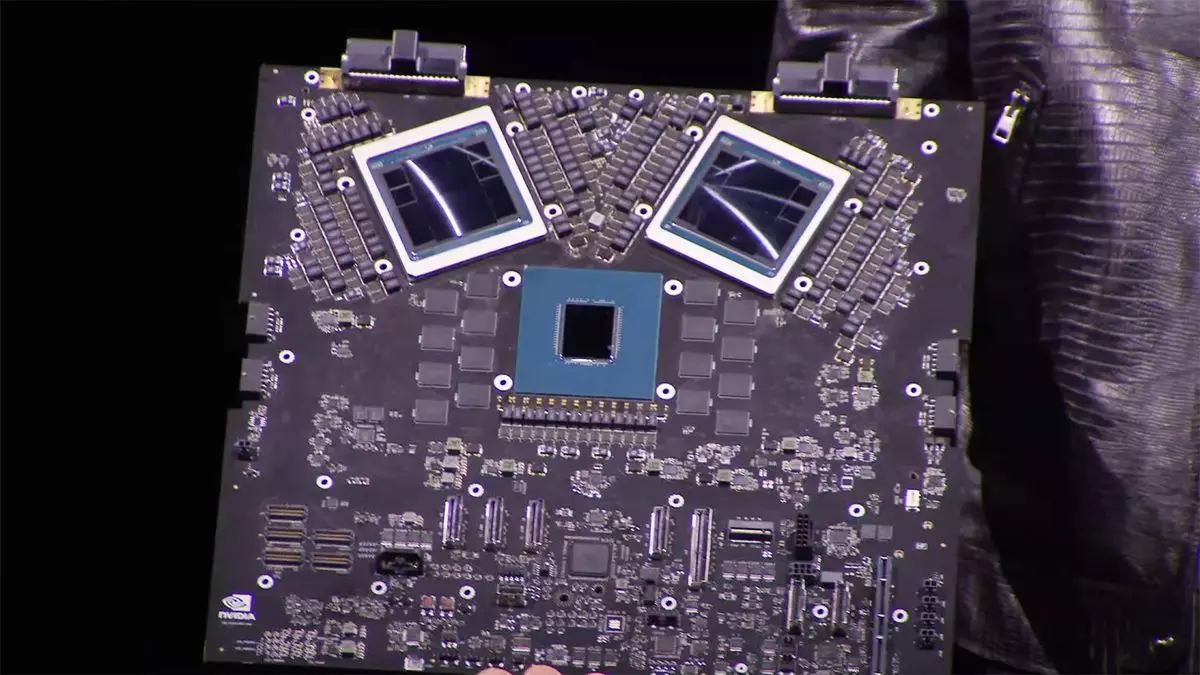As we dive deeper into the realms of artificial intelligence, the demand for powerful graphical processing units (GPUs) has surged. OpenAI’s CEO Sam Altman recently shed light on a pressing issue in the technology landscape: a significant shortage of GPUs. His candid remarks on social media reflect the frustration many tech companies face in trying to acquire this critical hardware. The crux of the matter lies not only in the availability of GPUs but also in the soaring need for these components amid rising demands for AI capabilities.
The modern landscape of AI development often hinges on selecting the right hardware. For organizations like OpenAI that rely on advanced models, such as their upcoming GPT-4.5, having access to enterprise-grade GPUs has become essential. These GPUs, particularly those employed in Nvidia’s DGX systems, offer unparalleled processing power required for training and deploying sophisticated AI models. Yet, as Altman noted, the reality of being “out of GPUs” serves as a stark reminder of the challenges surrounding hardware acquisition in an increasingly competitive market.
It is intriguing to observe how both OpenAI and Nvidia appear to stumble in anticipating the growth trajectory of AI training demands. The surge in demand has outpaced supply, resulting in a frustrating backlog for developers and researchers alike. Altman acknowledged that OpenAI hoped to simultaneously launch its new model to different tiers of users, but limited GPU availability has hampered their efforts.
The situation is exacerbated by several factors: supply chain disruptions, a shutdown of older GPU production lines, and a rapidly increasing appetite for cutting-edge AI technologies. Without a doubt, this predicament has underscored the need for greater foresight in hardware procurement planning. As Altman mentioned, “it’s hard to perfectly predict growth surges,” highlighting the unpredictability of technological advancements and the subsequent ramifications for hardware logistics.
In response to ongoing shortages, OpenAI is reportedly considering the development of its own AI chips. This strategic shift signifies a landmark move that could potentially alleviate the company’s reliance on third-party suppliers like Nvidia. By building their own chips, OpenAI could ensure tailored architectures specifically designed to optimize their AI models, ultimately fostering greater self-sufficiency and flexibility within their operations.
This pivot towards in-house chip design resonates with larger trends in the technology industry, where businesses increasingly prioritize internal resources to mitigate potential disruptions from external sources. The shift reflects a growing recognition that controlling one’s hardware pipeline may very well be integral to maintaining a competitive edge in the rapidly evolving AI landscape.
Amid the GPU shortages and logistical hurdles, there’s exciting news for AI enthusiasts: the imminent launch of GPT-4.5, a model that Altman regards as revolutionary. His description of the model, which he claims to be akin to conversing with a “thoughtful person,” sets high expectations for users who eagerly anticipate its release. Such endorsements from Altman offer a glimpse into the potential advancements that this new iteration of the GPT series could deliver.
While acknowledging that GPT-4.5 may not “crush benchmarks,” Altman’s enthusiasm hints at a transformative experience for users. Furthermore, it appears the groundwork for a more nuanced and human-like interaction with AI is being laid as this new model comes to life.
As OpenAI navigates the complexities of GPU shortages and the simultaneous anticipation of GPT-4.5, the ongoing dialogue around AI’s future becomes increasingly relevant. The interplay between hardware availability, growth forecasting, and strategic pivots to in-house development will undoubtedly shape the trajectory of AI development in the coming years.
Moreover, as companies cannot afford to overlook these challenges, they must remain agile and adaptive to survive in this fast-paced technological landscape. The future of AI promises unprecedented innovations, but ensuring the necessary hardware is in place will be pivotal for organizations aiming to capitalize on these opportunities. As we await the advent of GPT-4.5, one thing remains clear: the quest for better hardware continues to be a vital concern for all players in the AI arena.

